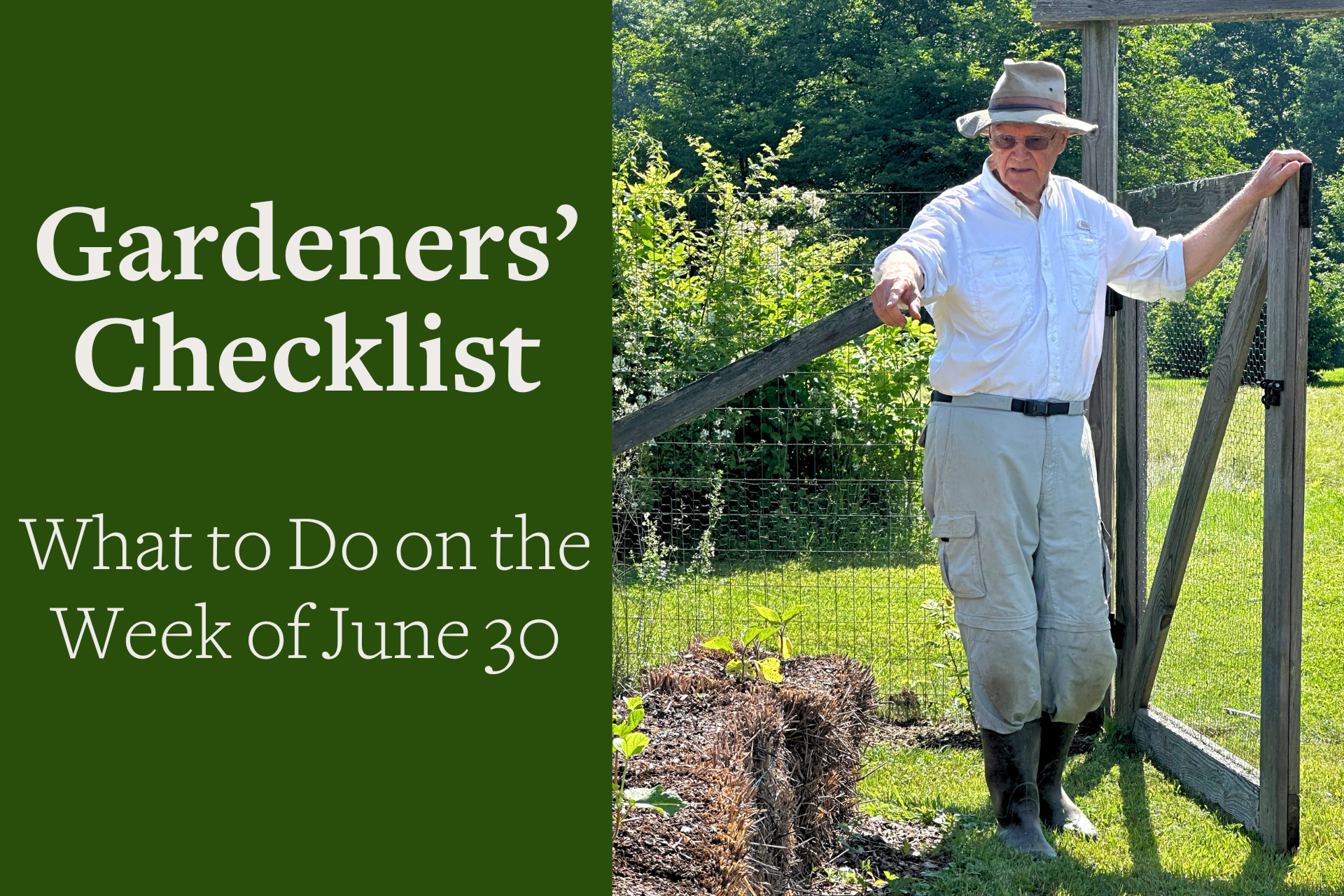You are here
Gardeners Checklist: Here Is What to Do on the Week of June 30
Gardeners Checklist: Here Is What to Do on the Week of June 30
* Refresh your bird bath every day or two. It’s not because birds are fussy about their bath water. Rather, it’s to prevent mosquitoes from occupying the bath water. As an alternative, place a mosquito dunk in the water. A mosquito dunk looks like a small donut and contains a strain of bacteria that kills mosquito larvae but does not harm birds or other critters.
* Apply a fungicide containing baking soda to the leaves of plants that are just beginning to show signs of powdery mildew. Dogwoods, lilacs, ninebark, phlox, and roses are a few of the plants that are prone to powdery mildew.
* Pull up lettuce, spinach, and radish plants that have bolted. Plant bush beans in their place or plant a summer cover crop such as buckwheat. Buckwheat is a great cover crop for retarding the development of weeds
* Sow seeds of summer squash. There are two advantages to this seemingly late planting. When plants from the first planting of squash begin to decline, usually due to powdery mildew or infestation by squash vine borer, the second planting will be yielding new fruit for harvest.
* Check roses, elderberry, raspberries, asparagus, and other plants for Japanese beetles. The beetles are out. Hand picking can often control small infestations, but application of an insecticide may be necessary to control the beetles on fruit and vegetable crops. Choose a so-called biorational pesticide; that is, one that has minimal impact on the environment. These include botanicals such as rotenone. Even with these safer materials, you must read and follow label directions. Japanese beetle traps are not very effective.
* Keep sowing cilantro and dill seeds every few weeks, since both these herbs go to seed quickly in hot weather. Parsley growing in pots in full sun are also prone to bolting, so sow (sorry about that; I couldn’t resist) seeds of parsley.
* Harvest the central heads of broccoli, but leave the plants intact. They will continue to yield small but equally tasty heads off side branches.
* Apply a deer repellent to hostas. Despite the abundance of other food sources, deer look at hostas as deer candy.
* Wait several days after the fruit turns blue before harvesting blueberries. They develop their full flavor about five to seven days after the color change.
Ron Kujawski began gardening at an early age on his family's onion farm in upstate New York. Although now retired, he spent most of his career teaching at the UMass Extension Service. He serves on Berkshire Botanical Garden’s Horticulture Advisory Committee. His book, Week-by-Week Vegetable Gardener’s Handbook, is available here.
Help Our Garden Grow!
Your donation helps us to educate and inspire visitors of all ages on the art and science of gardening and the preservation of our environment.
All donations are 100 percent tax deductible.


